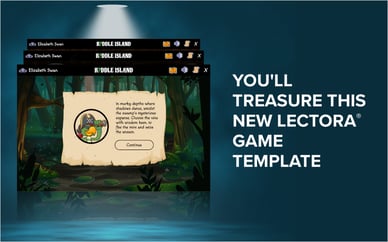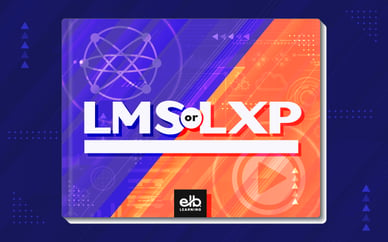The Benefits of Making Your e-Learning AICC and SCORM Compliant
Remember the battle between Blu-ray Discs and DVDs? The frustration of accidentally buying a Blu-ray movie and realizing it won’t play in your DVD player? That’s a bit like what was happening in the e-Learning community before SCORM was established.
In the late 1990s, each learning management system had its own proprietary content format, which encouraged vendor lock-in. You had to use that vendor’s tools to create e-Learning that worked with that LMS, or your content wouldn’t play. To solve this problem, in 1999 the government tasked a small research laboratory, ADL, to “develop common specifications and standards for e-learning.” The lab combined the work of existing standards organizations like the AICC, IMS and the IEEE LTSC into a cohesive reference model. SCORM was released in 2001 and was quickly adopted by both government and industry. Today, SCORM is the de facto standard for e-Learning interoperability.
SCORM versus AICC
By making your e-Learning SCORM compliant, you ensure that it will work with any learning management system that is also SCORM compliant. Another standard you may come across is AICC, although SCORM is much more predominant in the industry today. One of the biggest differences between AICC and SCORM is the way that each communicates with your LMS. AICC sends HTTP messages to your LMS, while SCORM communicates with JavaScript.
Without these standards, integrating e-Learning content between vendors and tools would be a costly and time-consuming process. SCORM compliant e-Learning makes your organization more efficient. In addition, following the requirements of SCORM is a good idea when:
- Creating a large library of learning objects
- Using an LMS to deliver and manage learning content
- Designing learning content that might be reused in other contexts
- Designing learning content that tracks learner performance
Lectora is compliant with SCORM and AICC. Start creating graded e-Learning now with a free trial.







